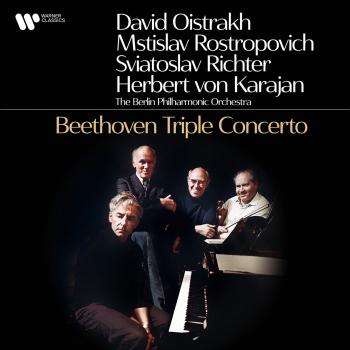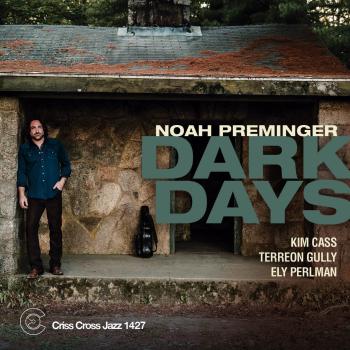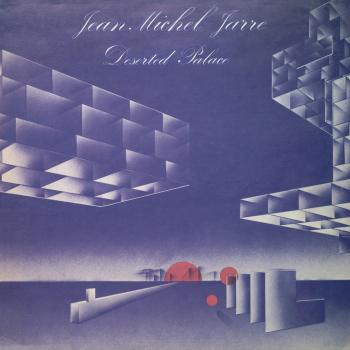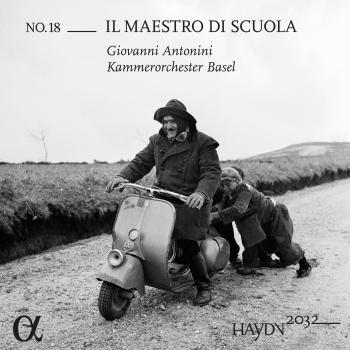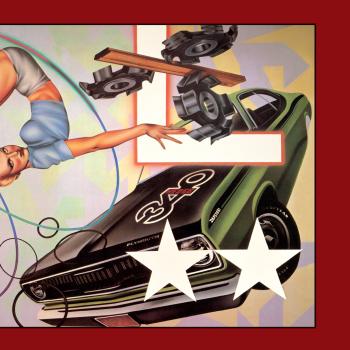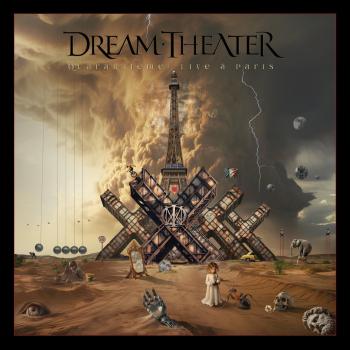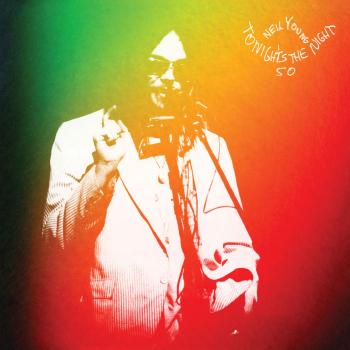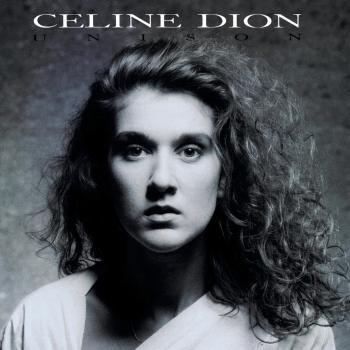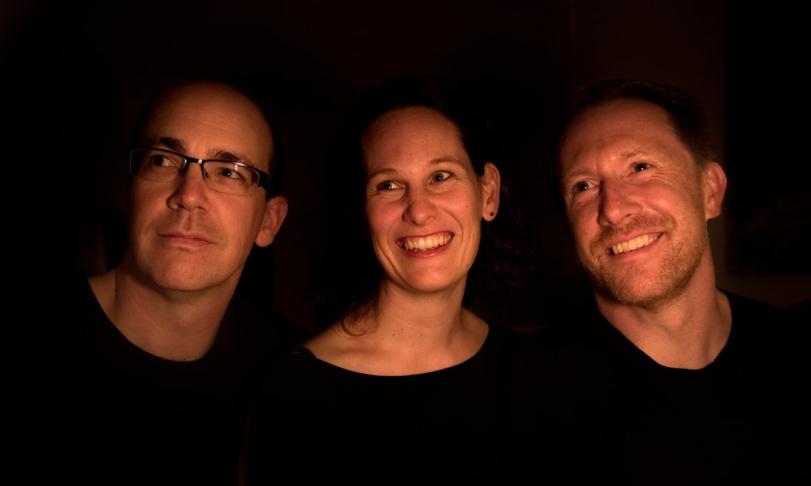
The genre of piano trios in the formation of piano, violin and cello was not explicitly on the radar of many classical composers, and those who had it on the radar were rather reticent about the quantity of such compositions. Haydn, who left no fewer than 102 symphonies, is the great exception with 45 trios. Beethoven composed eight piano trios, while Mozart composed five, and Brahms, like Dvorak, three trios with piano, violin and cello. Is there a reason for this apparent reticence, apart from Haydn? Rather not, since almost all composers were practicing pianists by nature, i.e. musicians who had a personal need for piano trios for their own chamber music performances. One may speculate that in the almost unmanageable world of string quartets, accepted as the primary chamber music genre, which employ a second violin and a viola instead of the piano, the natural dominance of the keyboard instrument and its sound, definitely far removed from the strings, is something of a foreign body. Jazz is much more comfortable with the piano trio genre. This may also be due to the instruments involved, which include only one string instrument, namely the double bass, while the third trio partner is the drums. This kind of trio is a permanent attraction in the jazz scene.
Robert Schumann also belongs to the classical composers with a manageable number, namely just three piano trios. In addition, there is a composition originally planned as a piano trio piece, the so-called Fantasiestücke (Fantasy Pieces), which, along with the Piano Trio No. 1 and the Piano Trio No. 2, make up Volume 1 of Schumann's Piano Trios on the current album of the Swedish Kungsbacka Piano Trio, which was founded in 1997 in the city of the same name and which has gained an excellent reputation worldwide.
Schumann's piano trio compositions, together with the Fantasy Pieces, the Piano Quartet, the Piano Quintet, the three string quartets and the Andante and Variations for solo horn, two cellos and two pianos, were written in the unbelievably short period between May 1842 and January 1843 in an already unhealthy creative thrust that outshines even the more than rapid compositional turnover of an Amadeus Mozart. It is at least as unbelievable that these compositions, written in the shortest possible time, are of the highest quality, as you can listen to in amazement on the current album of the Kungsbacka Piano Trio.
The interpretation of Schumann's piano trio works by the Swedish Piano Trio does justice to the high quality of these works, especially since the trio's playing culture is of the very highest order. In an astonishing, even unheard-of way, the so different sounds of the three instruments merge into a homogeneous sound that seems to come from a single instrument that is neither a string nor a keyboard instrument, but embodies a singer who brings the vocal lines of the Schumann compositions gathered on this album uniquely convincingly over the ramp. How nice that there will be a Volume 2 of the Schumann Trios with the Kungsbacka Piano Trio.
Kungsbacka Piano Trio


